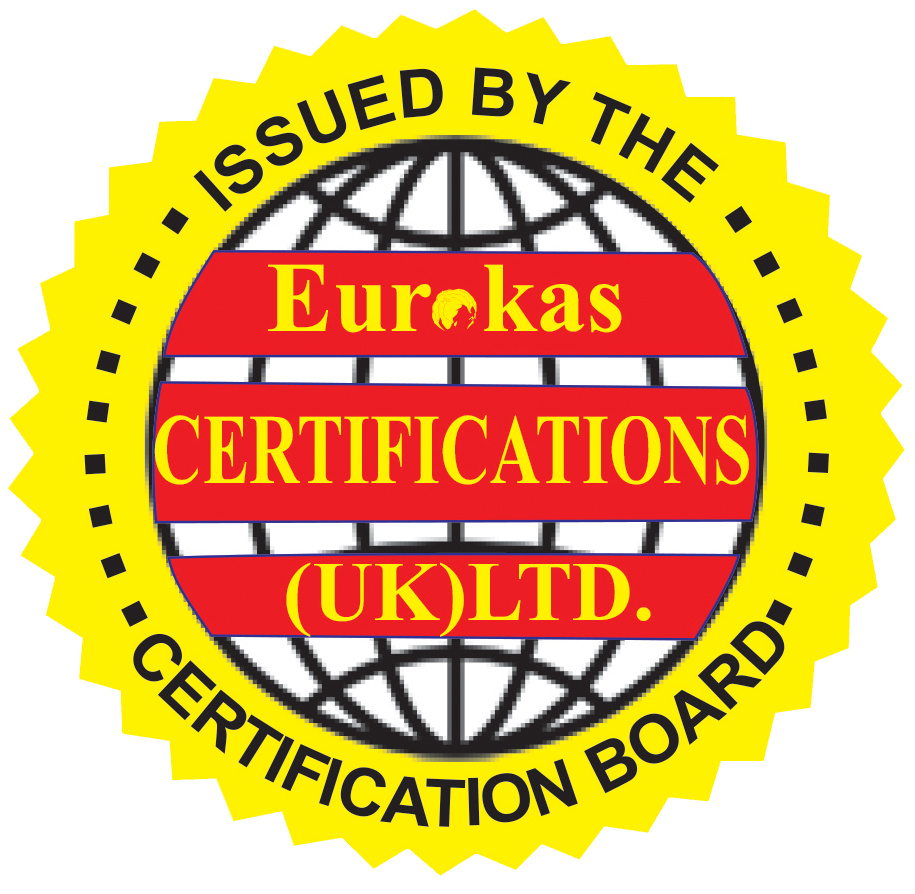RoHS stands for Restriction of Hazardous Substances. It is a directive adopted by the European Union (EU) that restricts the use of certain hazardous substances in electrical and electronic equipment. The RoHS Directive aims to reduce the environmental impact of electronic products by limiting the presence of substances that can be harmful to human health and the environment.
Key Points about RoHS:
- Scope:
- The RoHS Directive applies to a wide range of electrical and electronic equipment (EEE). This includes products such as computers, consumer electronics, lighting equipment, medical devices, and more.
- Restricted Substances:
- The RoHS Directive restricts the use of six hazardous substances in EEE. The restricted substances are lead (Pb), mercury (Hg), cadmium (Cd), hexavalent chromium (CrVI), polybrominated biphenyls (PBB), and polybrominated diphenyl ethers (PBDE).
- Maximum Concentration Limits:
- The directive sets maximum concentration limits for each restricted substance in homogeneous materials of electrical and electronic equipment. For example, the limit for lead is 0.1% by weight.
- Exemptions:
- Some specific exemptions are provided for certain applications where the complete elimination of a restricted substance is not currently feasible. Exemptions are reviewed and updated regularly.
- CE Marking:
- Compliance with the RoHS Directive is often indicated by the CE marking on products. The CE marking confirms that the product meets the requirements of relevant EU directives.
- Responsibility of Manufacturers:
- Manufacturers, importers, and distributors of EEE are responsible for ensuring that their products comply with RoHS requirements. This includes conducting necessary testing and maintaining documentation.
- Declaration of Conformity:
- Manufacturers typically issue a Declaration of Conformity, stating that their products comply with the RoHS Directive. This declaration is part of the documentation required for CE marking.
- Global Impact:
- While initially an EU directive, RoHS compliance has had a global impact as many companies choose to design and manufacture products that meet these standards to ensure market access in various regions.
Benefits of RoHS Compliance:
- Environmental Protection:
- Reduction of hazardous substances contributes to environmental protection and minimizes the environmental impact of electronic waste.
- Human Health:
- Limits exposure to hazardous substances, promoting the health and safety of workers and consumers.
- Market Access:
- RoHS compliance facilitates market access, as many countries outside the EU have adopted or are considering similar regulations.
- Corporate Responsibility:
- Demonstrates corporate responsibility and commitment to sustainable and environmentally friendly practices.
Companies involved in the design, manufacturing, and distribution of electrical and electronic equipment need to be aware of and comply with RoHS requirements to ensure the legality and market acceptance of their products. Regular monitoring and updates to the list of restricted substances are important as regulations may evolve over time.
